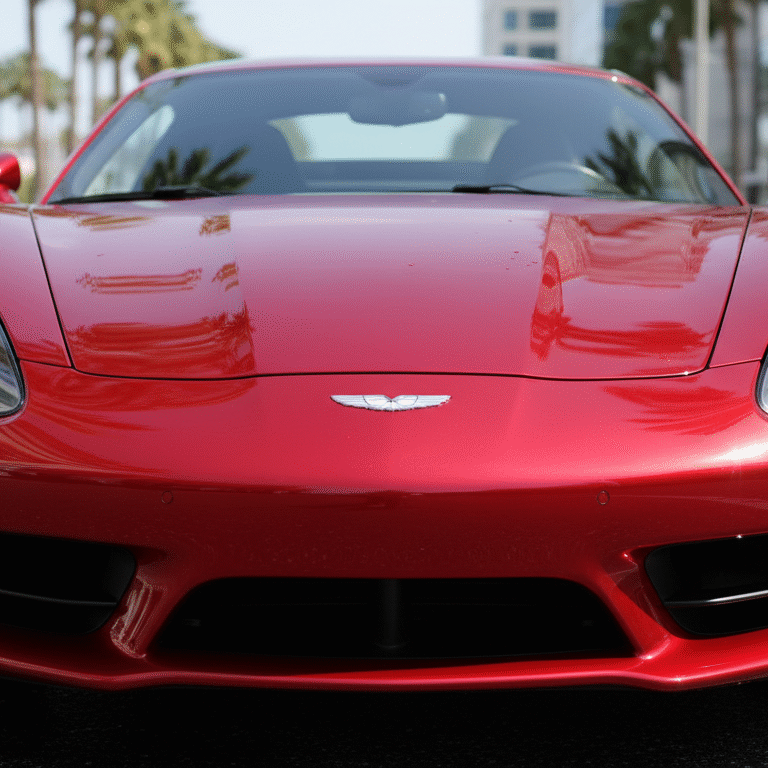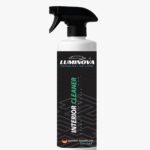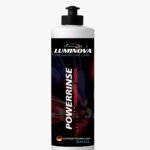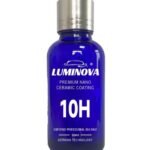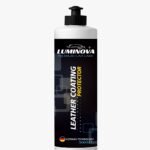Ultimate Guide to Protecting Your Vehicle’s Chassis: Boost Longevity & Performance with Chemical Products

By Ali Hasan Omar | August 12, 2024
Introduction
Your vehicle’s chassis is the backbone of its structural integrity, supporting all mechanical systems and playing a pivotal role in its performance and safety. However, the chassis is also one of the most vulnerable parts of the vehicle, constantly exposed to harsh environmental elements such as moisture, road salt, dirt, and debris. Without proper protection, these factors can lead to rust, corrosion, and potentially severe structural damage over time.
This article provides a detailed guide on how to protect your vehicle’s chassis using chemical products, ensuring that your car remains in top condition for years to come.
Understanding the Importance of Chassis Protection
The chassis faces continuous exposure to elements that can severely damage it over time, including:
- Moisture and Salt: Road salt and water are notorious for accelerating rust and corrosion, especially in regions with icy or snowy conditions where salt is used to de-ice roads.
- Dirt and Debris: Mud, rocks, and debris can erode protective coatings, leaving the metal exposed to the elements.
- Chemicals: Road de-icers, oil, and other chemicals can further exacerbate corrosion and rust formation.
Without the proper application of protective measures, these elements can compromise your vehicle’s structural integrity and safety.
Types of Chemical Protection Products
Various chemical products can be used to protect your vehicle’s chassis from rust and corrosion:
- Rust Inhibitors: These create a protective barrier that blocks moisture and oxygen from reaching the metal, preventing rust from forming.
- Undercoating Sprays: These sprays form a robust, protective barrier on your vehicle’s underside, shielding it from moisture, salt, and debris.
- Corrosion Converters: Ideal for treating existing rust, corrosion converters chemically transform rust into a stable compound that can be painted over, preventing it from spreading.
- Sealants and Wax-Based Products: These provide an additional layer of protection. Sealants fill small cracks where moisture can seep in, while wax-based products create a water-repellent barrier.
Preparing the car for chassis maintenance
Proper preparation is essential for effective and safe chassis maintenance. Follow these steps to ensure success:
- Safety First: Wear protective gear such as gloves and safety glasses to avoid contact with potentially hazardous chemicals.
- Position the Vehicle on a Flat Surface: Ensure the vehicle is parked on stable, level ground. Use a jack to lift the vehicle for easier access to the underside, ensuring it’s securely supported.
- Cool Down the Engine: If you’ve recently driven the car, allow the engine to cool before applying any products. Hot components can reduce the effectiveness of certain chemicals or cause fumes.
- Remove Obstructions: Take off any panels or covers that may obstruct access to the chassis, ensuring thorough cleaning and application of protective products.

Applying Chemical Protection: Step-by-Step
Follow these steps to effectively protect your vehicle’s chassis:
1- Clean the Chassis
- Begin by thoroughly washing the underside of your vehicle to remove dirt, salt, and debris.
- Use a degreaser to eliminate oil and grease, which can prevent protective coatings from adhering properly.
2- Inspect for Existing Damage
- Check the chassis for rust or corrosion. If rust is present, remove loose rust with a wire brush or sandpaper before applying corrosion converters or inhibitors.
3- Apply the Protective Products
- Apply rust inhibitors or corrosion converters to clean, dry metal as per manufacturer instructions.
- After treating rust, use undercoating spray to create an even, durable protective layer.
- Add sealants and wax-based products once the undercoating has dried for extra water-repellent protection.
4- Regular Maintenance
- Reapply protective products as needed, especially if driving in harsh conditions.
- Regularly inspect the chassis for new rust spots or signs of wear, particularly after winter or exposure to salt.

Seasonal Care Tips
- Winter Care: Winter roads are often coated with salt, which accelerates rust. Frequent washing of the undercarriage helps remove salt buildup, and applying undercarriage sprays before winter can provide additional protection.
- Coastal and Humid Environments: Vehicles in coastal areas are at higher risk of rust due to salty air. Regular cleaning and applying protective coatings can minimize this exposure.
Maintenance and Monitoring
Routine maintenance is key to prolonging the life of your chassis:
- Regular Inspections: Check for rust and corrosion regularly. Look for signs like bubbling paint, discoloration, or rough patches, as these may indicate the early stages of rust.
- Professional Services: Consider professional rust-proofing and undercoating services for comprehensive protection. Experts use high-quality products and advanced techniques to ensure long-lasting results.
Conclusion
By safeguarding your vehicle’s chassis with proper maintenance and chemical protection, you’re not only preventing costly damage but also ensuring a smoother, safer driving experience. A well-protected chassis enhances your car’s performance, extends its lifespan, and boosts resale value. Investing in protection now means driving with confidence and peace of mind for years to come.
Protect Your Ride, Enhance Your Drive!
FAQs
What is a vehicle chassis, and why is it important to protect it?
The chassis is the main structural frame of a vehicle that supports essential systems. Protecting it prevents rust and corrosion, ensuring the vehicle’s longevity and safety.
What are the most effective chemical products for chassis protection?
Rust inhibitors, undercoating sprays, corrosion converters, and wax-based sealants are the most effective for preventing rust and protecting the chassis.
How often should I apply rust inhibitors or undercoating to my vehicle's chassis?
Typically, you should reapply rust protection every 1-2 years, or more frequently in harsh environments, such as areas with high humidity or salt exposure.
Can I apply chassis protection products myself, or should I use a professional service?
While many products are DIY-friendly, professional services can offer more comprehensive and long-lasting protection.
What is the difference between rust inhibitors and corrosion converters?
Rust inhibitors prevent rust from forming, while corrosion converters treat existing rust by converting it into a stable compound that can be painted over.
How do I prepare my vehicle for chassis protection?
Start by thoroughly cleaning the chassis, removing dirt, grease, and loose rust. Make sure the surface is dry before applying any protective products.
Can rust and corrosion be completely stopped once they start?
Rust can’t be fully reversed, but it can be slowed or stopped from spreading with the use of corrosion converters and regular maintenance.
Is undercoating spray enough to protect my car’s chassis in coastal or winter climates?
Undercoating spray provides strong protection, but it’s best to combine it with rust inhibitors and regular cleaning in areas with high salt or moisture exposure.
Does undercoating affect my vehicle’s performance or fuel efficiency?
Properly applied undercoating does not affect performance or fuel efficiency; it protects the chassis without adding significant weight.
What are the signs that my chassis needs maintenance or rust protection?
Common signs include bubbling paint, rust spots, unusual noises from the undercarriage, or visible damage when inspecting the chassis.


